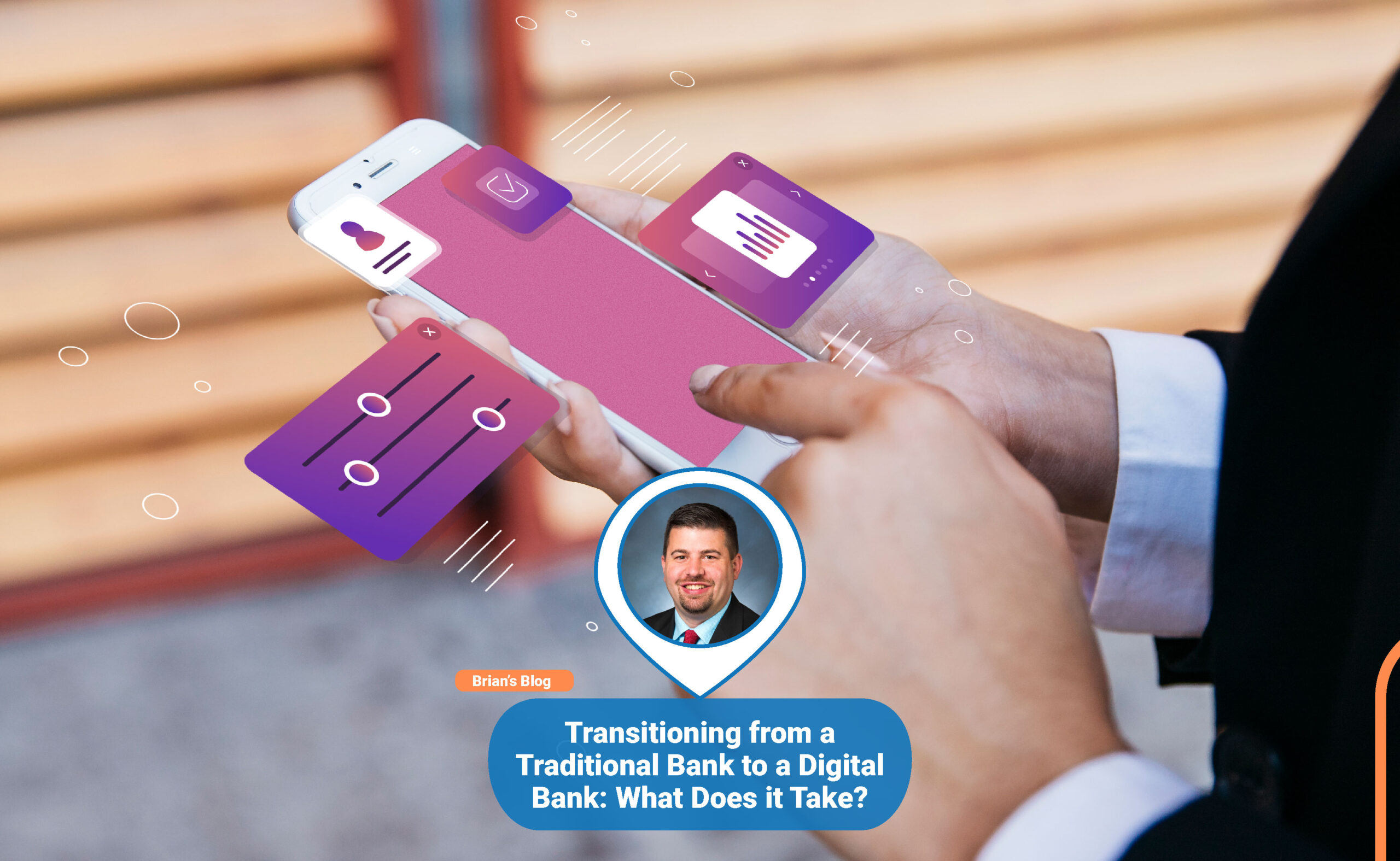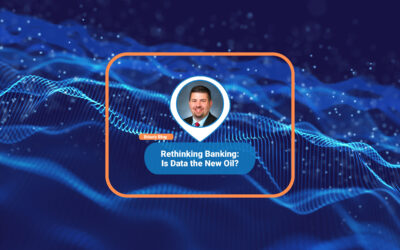Ever wondered what it takes to transition from a traditional banking system to a digital one? Here’s a glimpse into the journey:
1. Aligning Vision:
A clear understanding of why the bank wants to go digital is crucial. Is it about staying modern in the competitive landscape or tapping into younger demographics? Knowing ‘why’ drives everything else.
2. Technology Investment:
There’s no digital banking without significant investment in technology. We’re talking robust, end-to-end systems that facilitate smooth transactions and enhanced security.
3. Regulatory Compliance:
In the banking sector, compliance is king. Transitioning to digital means adjusting policies and ensuring adherence to all regulatory requirements.
4. Employee Training:
People drive processes, thus training employees on new technologies and changing their mindset towards digitization is essential.
5. Customer Education:
A bank can be fully digital, but if its customers aren’t comfortable using online services or apps, it’s a wasted effort. Customer-centric design and education are vital for success.
As more traditional banks take steps towards digitization, these considerations will ensure a smoother transition. What are your thoughts on this digital shift?
💡 Let’s stop just collecting data. Let’s start making it work for us. Let’s transform banking, together. 💡
🔔 Follow Brian on Linkedin: Brian Pillmore




